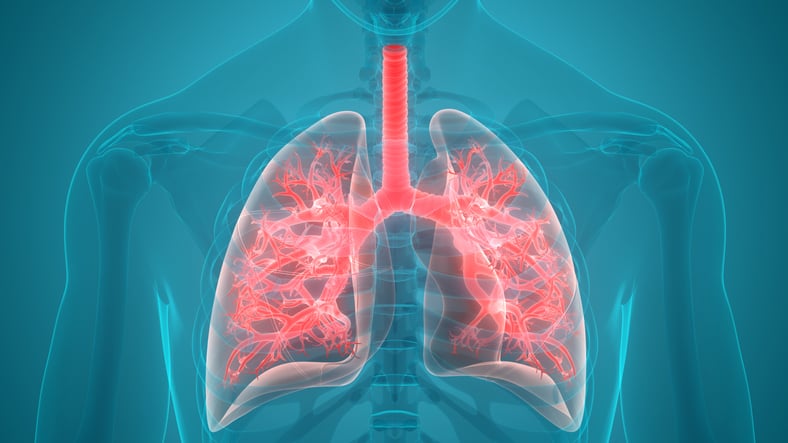For a study, patient-based congenital heart surgery (CHS) training is demanding and opportunity-based. At the 2015 AATS and later in two local institutions, three-dimensional (3D) print replicas of the heart were used for hands-on surgical training (HOST). The presentation aimed to introduce the method of 3D printing for surgical simulation and convey the attendees’ responses. The models of congenital heart disease were generated and manufactured with flexible rubber-like material using CT or MR angiograms. In all, 81 experienced surgeons or trainees completed simulated surgical procedures under the observation and guidance of specialist surgeons. At the end of the session, 50 of the 81 guests took part in a program evaluation questionnaire.
The course was beneficial to all respondents in increasing their surgical abilities. The researchers incorporated HOST into all training packages. All of the models were found to have the requisite pathologic features. The consistency and elasticity of the model material were different from those of human myocardium by the majority of the researchers. The quality of the models, on the other hand, was deemed acceptable (88%) or manageable (12%) for surgical practice by the respondents. The print material and poor portrayal of the heart valves were the two primary flaws mentioned. HOST was achieved using 3D printed cardiac models, allowing surgeons to train on pathological hearts without putting patients at risk. For CHS, HOST was a very adaptable surgical simulation framework. HOST integration in training programs transformed traditional opportunity-based education into requirement-based standardized education. HOST was also achieved using 3D printed cardiac models that allowed surgeons to train on pathological hearts without putting patients at risk. For CHS, HOST was a very adaptable surgical simulation framework. HOST integration in training programs helped to transform traditional opportunity-based education into requirement-based standardized education.
Reference:www.jtcvs.org/article/S0022-5223(17)30184-8/fulltext


